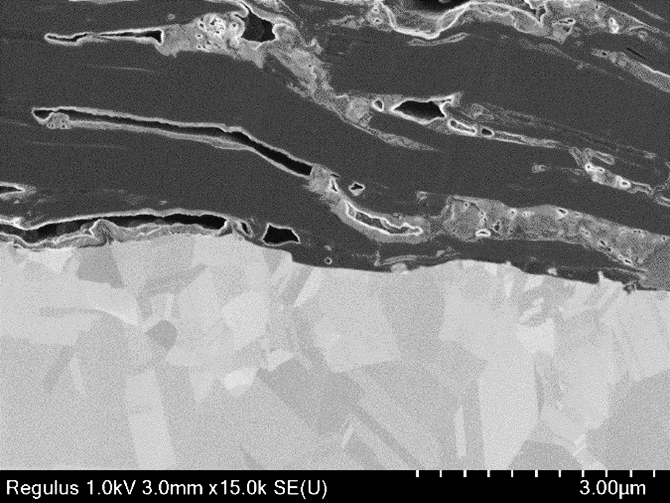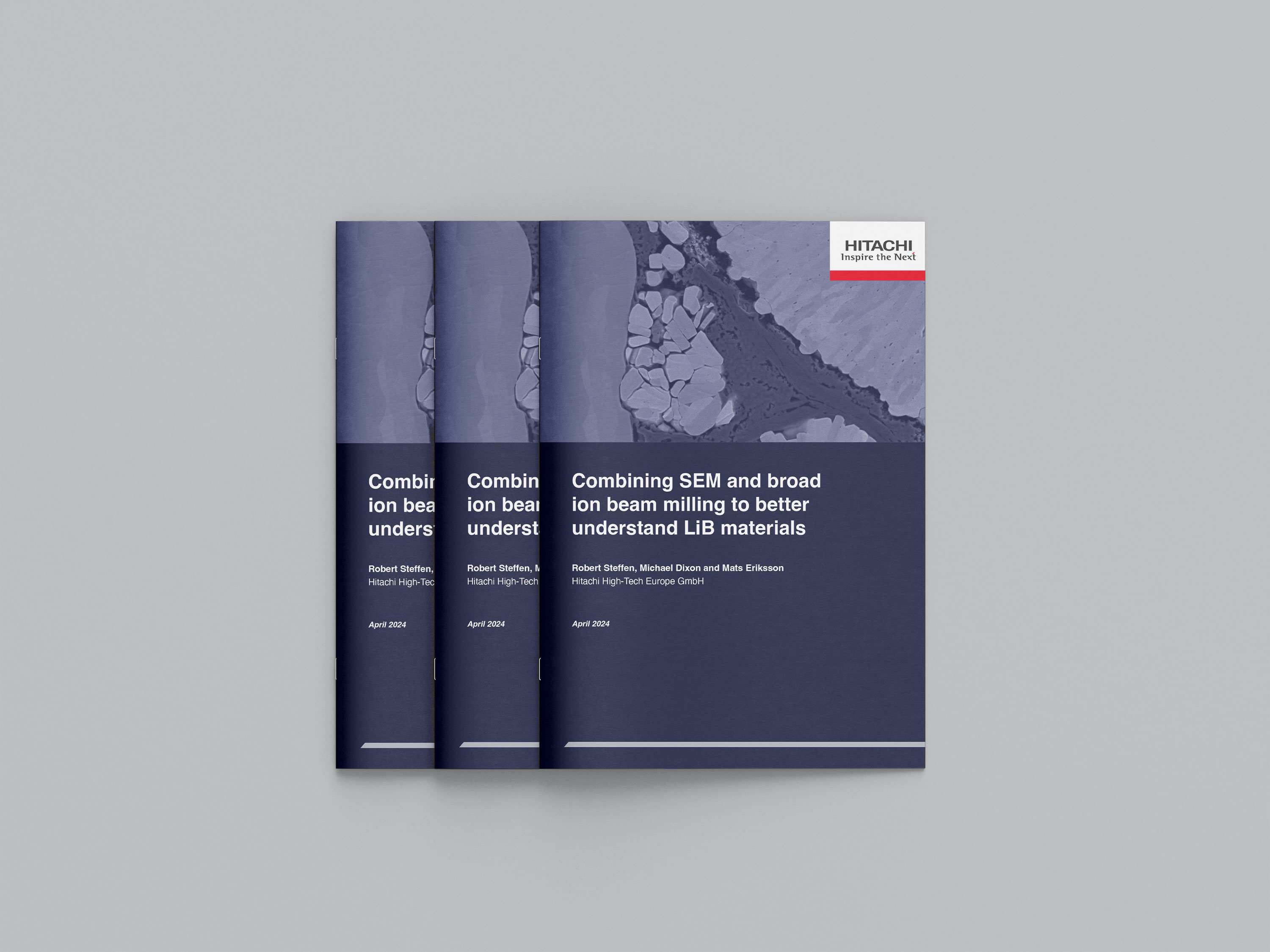Combine SEM and BIB milling to better understand LiB materials
Learn how to enhance your LiB materials research by combining SEM and BIB milling for deeper insights, high-quality cross-sections, and improved battery performance.
Download the whitepaper
